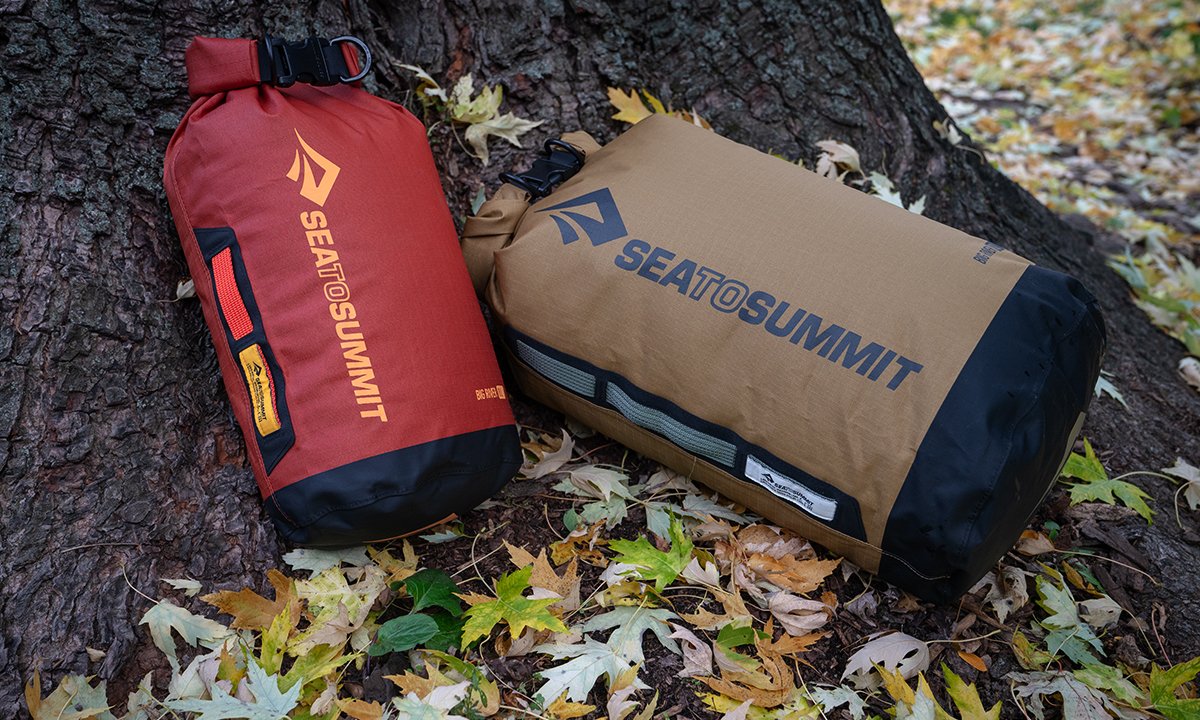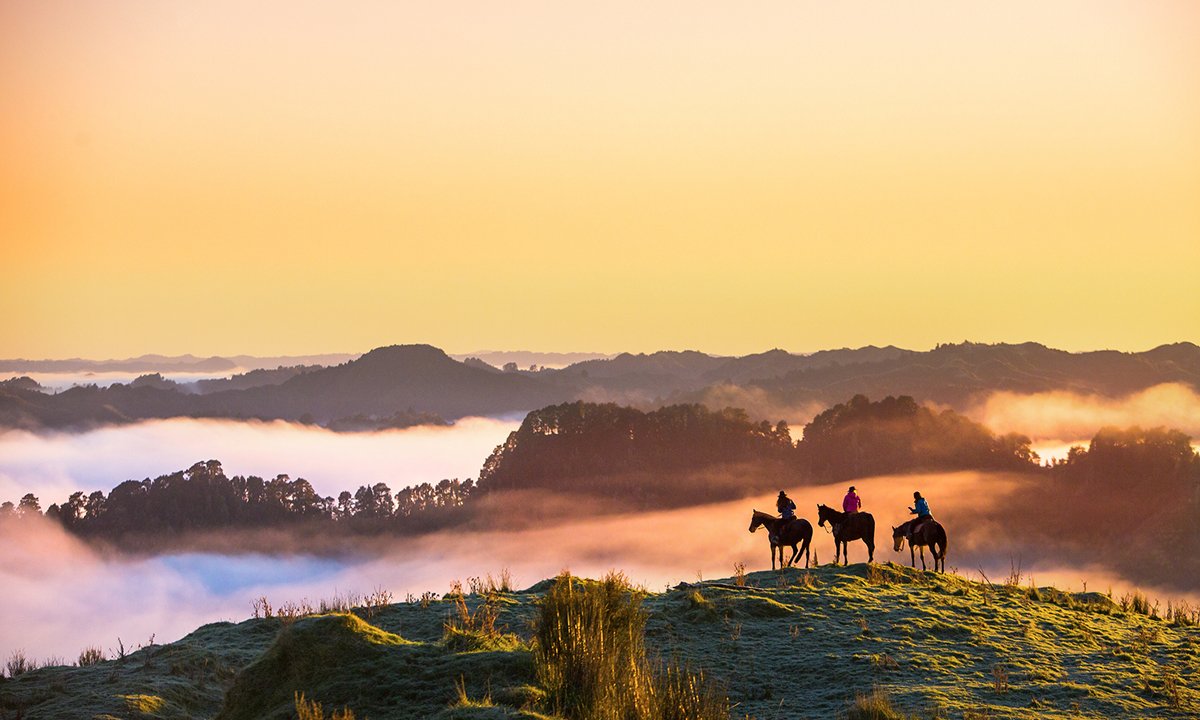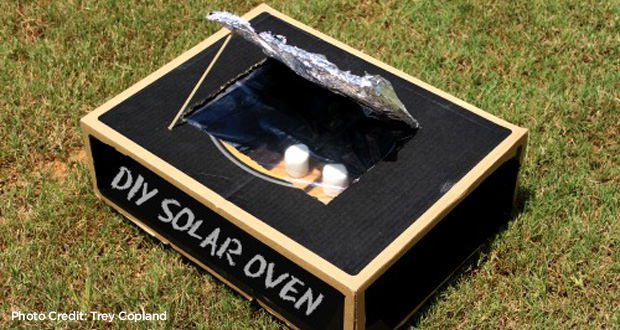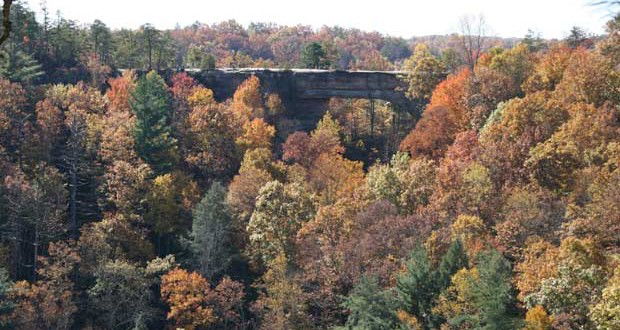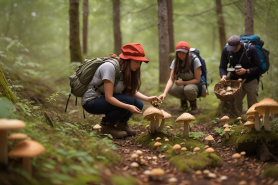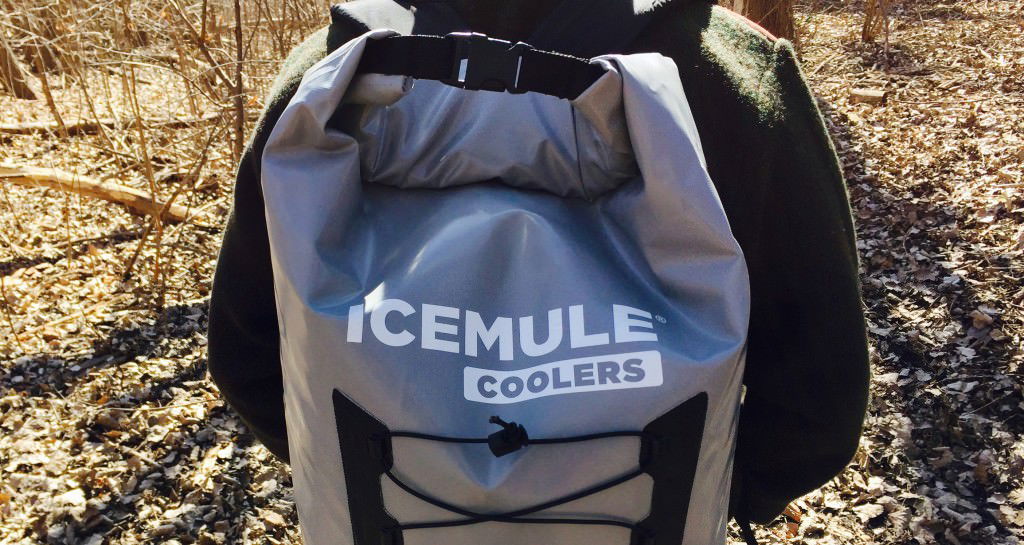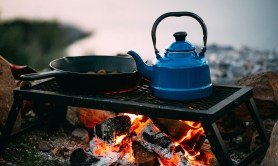If you get lost in the mountains, you’ll need to prioritize finding shelter, rescue and water—and then food. Bear has given some great advice on how to find plants that you can eat in the mountains, but you’ll also need sources of protein.
Videos by Outdoors
Insects, grubs and worms
“The great thing about creepy crawlies is that they are the most abundant life form on earth and are easy to catch,” says Bear. Fans of Bear’s TV shows will have seen him regularly chomp down on wriggly things like maggots, beetles and worms. However, as he says himself, in a survival situation, hunger can lead to desperation.
“I have found that on many occasions, when my hunger has been intense, suddenly the yuck factor isn’t the problem it is back home,” says Bear.
Creepy crawlies are easy to catch—and are 80 percent protein. Insects you can eat include larvae, grasshoppers, beetles, grubs, ants, termites, worms and wood grub. Maggots have a lot of calories, just remember to bite their heads off first and spit them out. Avoid consuming anything stinging, biting, hairy, brightly colored, or smelly, as well as caterpillars, spiders, ticks, flies, and mosquitoes.
If you have fire, any bugs will be more palatable (and safer) if you fry them, or cook them in boiling water and dry them. Another pro tip: Remove the wings and legs of anything that has a hard cover, like beetles and grasshoppers.

Catching fish, Bear Grylls style
Mountains always have valleys, and valleys have rivers—hopefully with plenty of fish swimming there. You can make hooks from things in nature like thorns or feathers, and lines from strands of clothing but it might be easier to ‘trap’ the fish instead.
In Born Survivor, Bear writes about how sometimes fish trap themselves in pools when the river level falls and they get left behind. When this happens, their oxygen gets used up, so their reactions might be slow and they are easiest to catch.
“If this is not an option, a basic understanding of fish behavior will help you work out where they can be found,” says Bear. “Then you can drive them into a trap.”

Option 1: Funnel trap
Firstly, fish like clear, oxygenated water. They usually feed in the early morning, late afternoon or at night. “The outside bend in a fast-flowing river where the water is shallower is usually fertile territory,” says Bear. They also stay in the shade in hot weather, so check under river banks during the day.
To make a funnel trap, use rocks, sticks or part of a plastic bottle, baited with insects or guts from a previous catch. The idea is that the fish are driven into it and can’t escape.
You can also try spearing fish, but they often hide under rocks. “Remember to aim for behind where you actually see the fish, to take into account the water’s refraction,” says Bear.
Option 2: Fish tickling
Another tip Bear has is to ‘tickle’ the fish. Put your hands cupped into the water, with your palms facing upwards. Start downstream of the fish, and approach them slowly from behind. Slide your hand under the fish to ‘tickle’ it on its belly and then scoop it out of the water. Or, bring your hand over the top of the fish and drive it down into the silt.
Bear likes to wade out into the middle of a stream and kick up silt, driving the fish to the banks where they will be looking for some fresh, oxygenated water. Move downstream after disturbing the river bed. “This is a good place to tickle trout,” says Bear.

Option 3: Night fishing
“Night lines make very effective and efficient fishing,” says Bear. “Let the lines do the hard work, not you.”
To set up a night line, use string or threads from clothing, and make barbs or hooks from pieces of wire or thorns pulled from plants. Put a few of your hooks on the length of the line, then weigh it with a rock at one end in the river and on the bank at the other end.
Put fish, guts, worms or another bait insect on the hooks, or try something that will catch moonlight, like a shiny metal object. Set up at least a few lines before sunset—Bear expects to catch around one fish for every five lines.
Rodents and snakes
If you are in a life-or-death situation, it will be difficult to hunt a large animal, so you might need to consider small animal species like snakes or rodents.
Look for animal tracks to determine where to hunt—a good location is along the tracks that animals use on their way for food or water.
“Animals like rabbits can also be killed by spearing,” says Bear. To make a spear, take a strong, thin sapling and sharpen the point with a knife or sharp rock. Bait outside holes and sit and wait.
To smoke an animal out of its hole, block up all the entrances except two. Start a small fire outside one entrance, and have a net or a little pit trap ready outside the other one.
.“If you can find, locate and kill a snake, as I have often done, it can easily be skinned and the meat skewered and barbecued over a campfire,” says Bear. “Snakes make a very tasty source of energizing fat and protein.” Just don’t get bitten.
More from Bear Grylls:
- How to Build Shelter in a Forest
- How to Survive Sub-Zero Temperatures
- What to do If You’re Bitten by a Snake
- How to Navigate Without a Compass
- How to Deal with Injuries in Survival Situations
- How to Find Water in the Mountains
- Making Shelter in the Snow
- Priorities of Survival
- How Bear Grylls Lights a Fire
- How to Build a Jungle Raft
